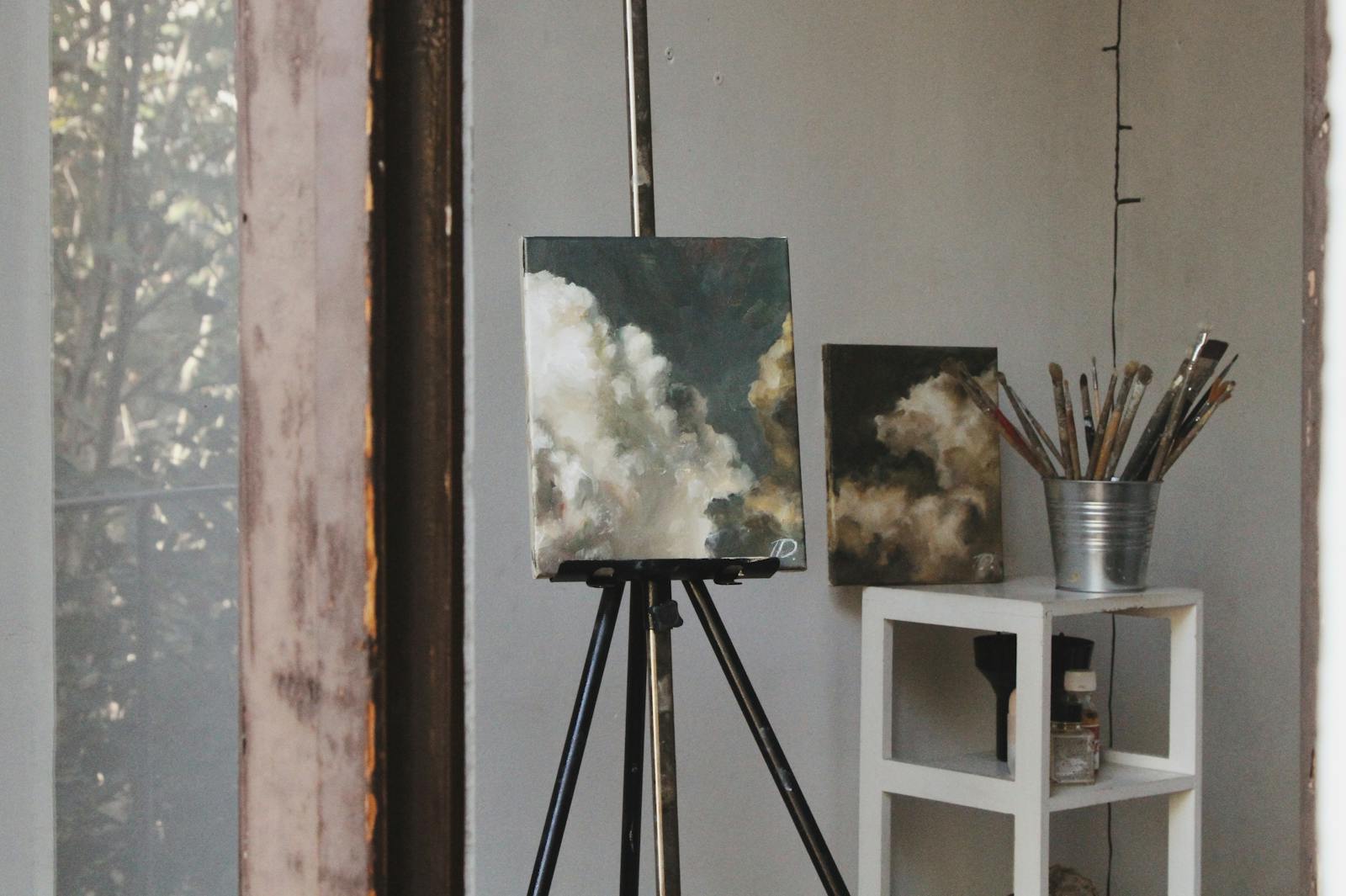The day I walked into the vacant warehouse, it smelled of cold steel and yesterday’s forklifts. Friends stared at the exposed joists and wondered if I’d lost my mind. The sheer volume felt intimidating, but the potential thrilled me. I saw 14-foot ceilings begging for skylights and a concrete floor perfect for rolling worktables. My first move wasn’t paint or furniture; it was a notebook listing what the studio had to do rather than how it should look. That single priority kept later choices practical instead of chasing pretty inspiration boards.
Floor, Light, and Layout
Every studio rests on three basics: level floors, generous light, and natural traffic flow. I hired an electrician to swap flickering sodium lamps for dimmable LEDs, then cut three roof panels for glass that bathes the center zone at noon. Softer daylight trimmed my need for soft boxes and shaved the power bill. The slab, once warped by an old loading dock, was leveled with commercial concrete repair; one dusty evening later, camera dollies glided like skates.
Designing for Mess and Order
Creativity scatters breadcrumbs: sawdust, ink splatters, fabric threads. I ringed the room with lockable cabinets for anything chaotic and set open shelving at heart for pieces worth displaying. Depth matters; shallow shelves keep tools handy yet stop clutter from snowballing. Every storage unit rolls on locking casters, from the eight-foot workbench to prop cubes. When a shoot needs extra depth of field, I push storage to the walls, gain six feet, and reset in minutes.
Feed Zones That Support Each Other
The loft now feels like three siblings sharing DNA. Zone One holds white backdrops, a tethered computer, and the strictest no-coffee policy in town. Zone Two keeps paint, power tools, and a utility sink that laughs at acrylic spills. Zone Three offers lounge chairs, thick rugs, and enough plants to chew carbon for breakfast. Moving among zones steadies the brain: polish an idea in the lounge, build the set in the messy bay, and capture the shot in the white room.
The Frugal Truth About Premium Details
Spend where hands linger. Clients notice sofa fabric, faucet finish, and door-handle weight, not insulation hidden in the walls. I chose top-grain leather seating and a farmhouse sink large enough for oversized canvases, then went with basic drywall instead of costly reclaimed brick for secondary partitions. Every dollar pointed at comfort or utility; everything else waited until revenue justified upgrades. That restraint gives the studio easy confidence; nothing shouts, yet every surface invites use.
What I’d Do If I Were Starting Tomorrow
I’d install a dust-collection system on day one, sanding MDF without it aging my lungs in a weekend. I’d add more outlets than seems reasonable because extension cords multiply overnight. Finally, I’d block out quarterly empty-room days. Clearing every prop and bench until the space echoes reminds me this studio is a toolkit, always ready to shift for the next big idea.
Converting an industrial shell into an artistic retreat showed me that limits can be allies. Square footage stayed fixed, yet intention stretched every inch. If you’re staring at raw beams, start by deciding what the space must accomplish, secure the bones early, and let personality bloom on top. Those lessons continue to guide every layout tweak and color swap I make today. The result feels less like a remodel and more like a conversation between brick and imagination.
